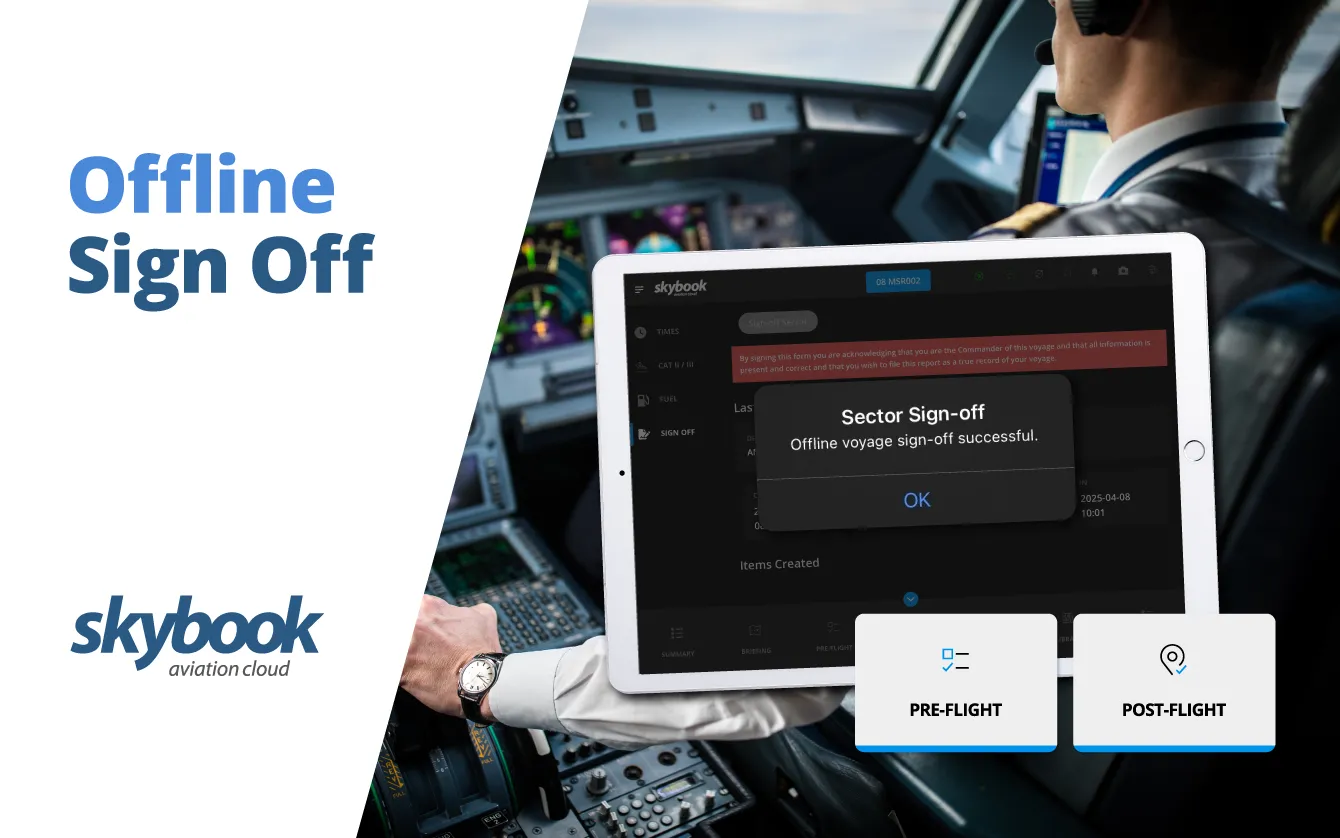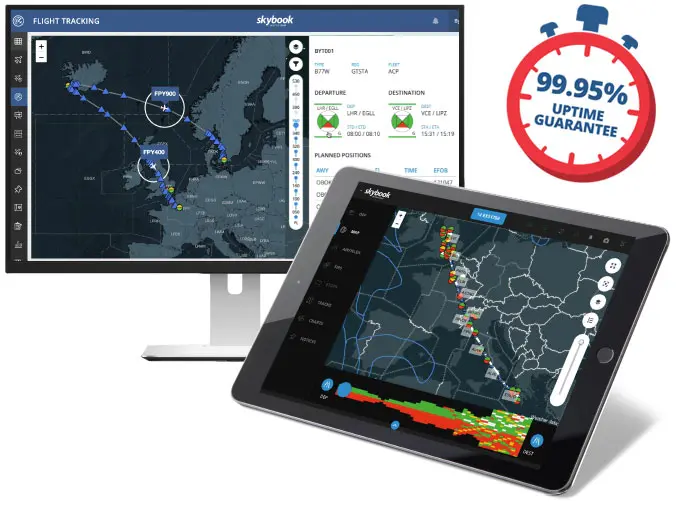
Why offline sign off matters on pilots EFB
The task of choosing an Electronic Flight Bag can be complicated for some operators. There are many factors to consider including which classification is best for individual requirements.
This article explains the differences between these classifications in order to simplify the diverse world of EFB solutions and help to highlight precisely what type of Electronic Flight Bag might be the right one for you.
There are two components to the classification of Electronic Flight Bags; the first deals with the hardware needed to run the EFB software. The second is the software which includes the EFB app installed to provide the functionality.
Portable
This host platform can be removed from the aircraft and operated both inside and outside of the aircraft.
If mounted, a portable EFB must be easy to remove from its mounting device by the flight crew without the use of tools. This type of hardware may only be used in all phases of flight if it is secured to a mount or securely attached to a viewable stowage device.
Installed
This platform is fixed into the aircraft and considered an aircraft part therefore it cannot be removed from the flight deck.

The software application for EFB systems are classified as Type A or Type B.
Type A applications
This type is used as an electronic document storage and retrieval solution. It doesn't substitute or replace any existing paper or system required by airworthiness regulations therefore; it will not affect safety in the event of malfunction however, operational approval is required.
Type B applications
This type may substitute or replace paper. It holds the same information as a Type A plus more, for example, charts, weather information and briefing packs. Type B require operational approval and regulatory agency evaluation.
The trend for hardware has changed over time. From our experience, we have noticed that for ease of use, more and more Electronic Flight Bag users are choosing mounted hardware rather than the portable option.
An aircrew should be able to integrate the EFB into existing procedures and operate it with ease. When introducing an Electronic Flight Bag, we recommend a transition period from paper to paperless takes place over a few months whereby both paper and electronic versions are always available to the crew.
Ideally, identify the Electronic Flight Bag that best meets your operational requirements. We have a great deal of knowledge and experience with all things EFB related which we're happy to share.
So, if you have any questions about choosing the right Electronic Flight Bag, get in touch.
Watch the EFB in action... and find our more about what is an electronic flight bag?
Get access to our latest news & skybook updates